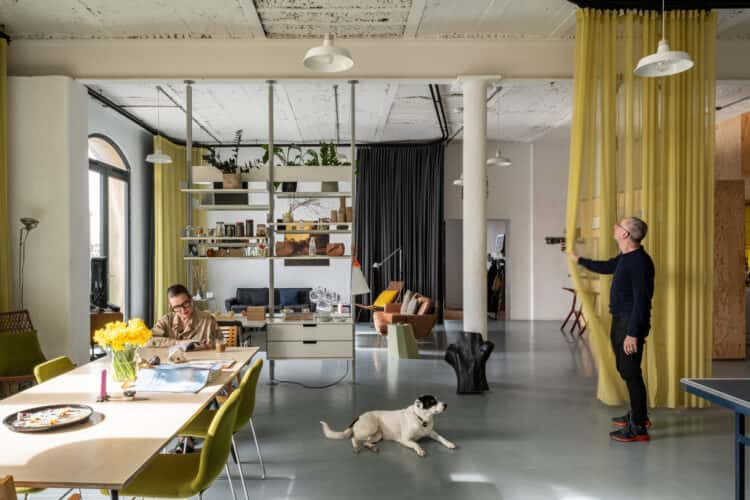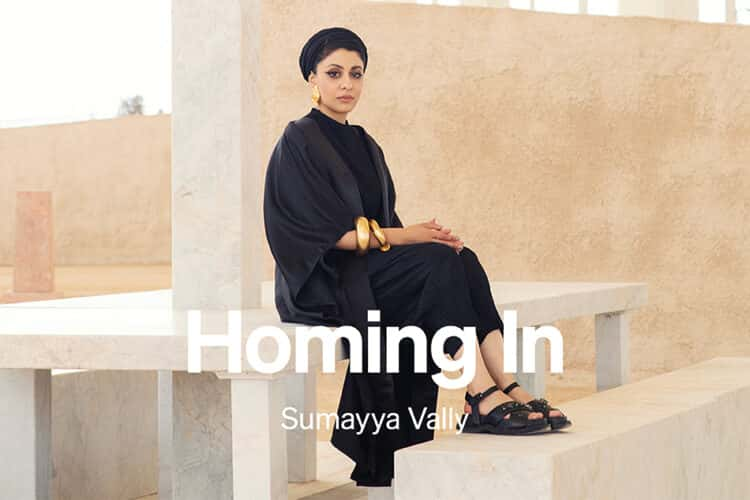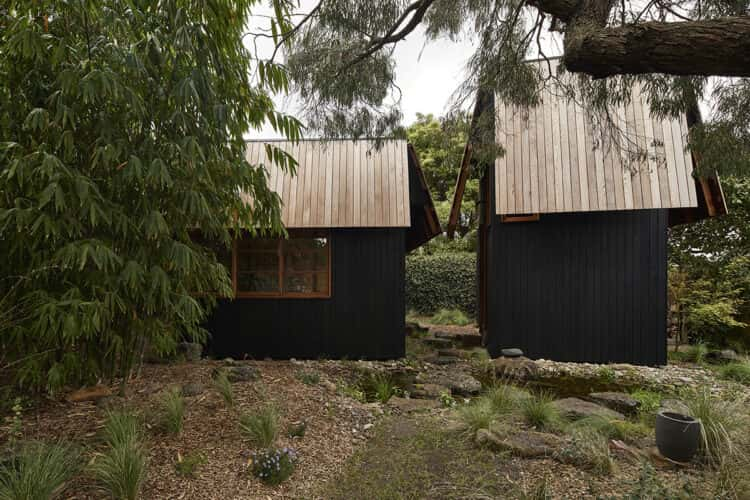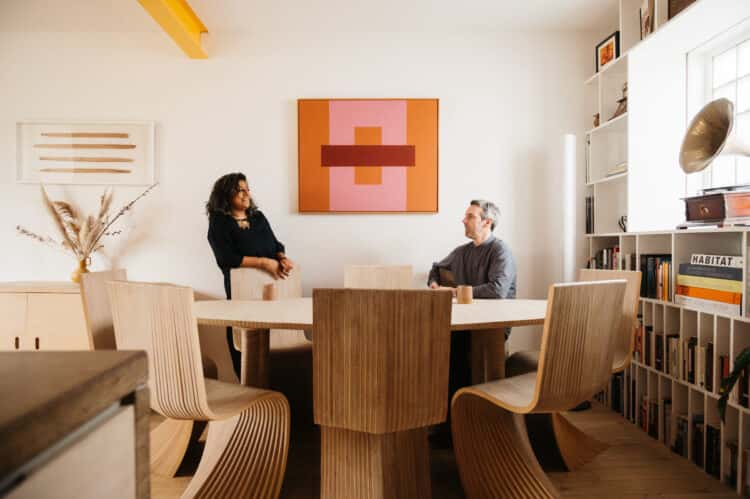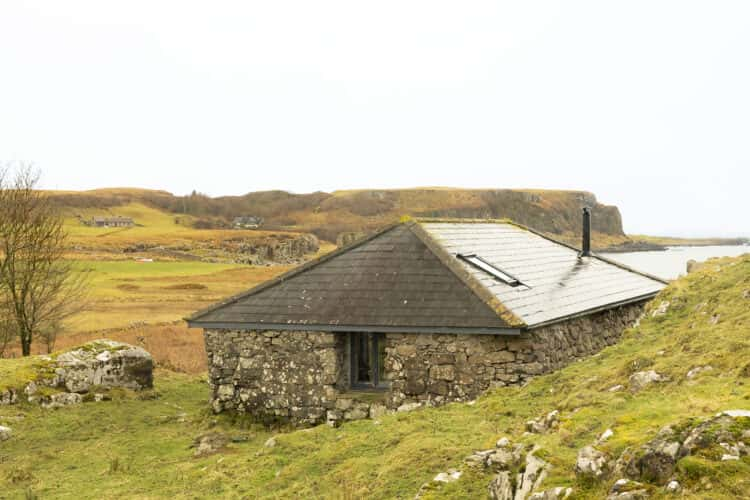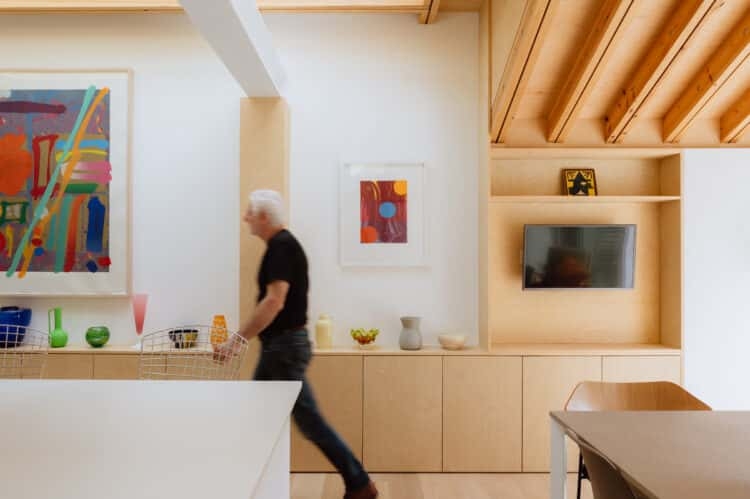Nick Hill’s no-frills approach to materials recasts a 1930s house in south-east London as a meaningful home for two artists
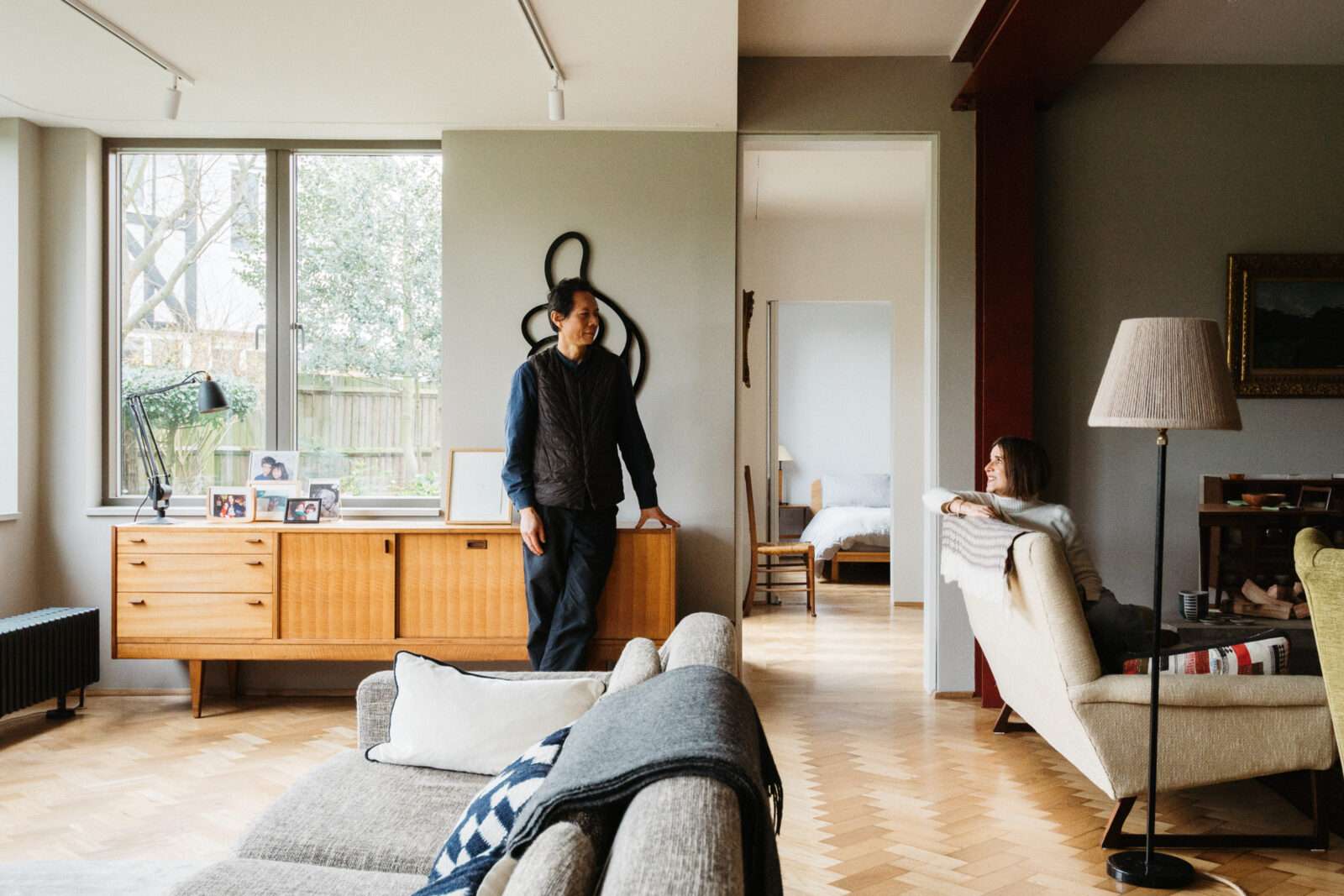
Words Nell Card
Photography Ellen Hancock
Once part of the formal parkland surrounding Morden College, their plot revealed the remnants of a folly collapsed in the shade of several towering trees. The house, however, left a lot to be desired. A flurry of unnecessary “frills” had found their way into the fabric of the building and a formal, magnolia scheme had stultified the interiors.
A chance meeting with the architect Nick Hill brightened their prospects. As associate director at David Chipperfield Architects, Nick had worked on the Hepworth Wakefield in West Yorkshire and the Turner Contemporary in Margate. He had recently set up his own practice when Claire and Vong contacted him. “We presented Nick with a set of disjointed ideas,” Claire recalls. “What we’ve ended up with is a cohesive scheme that has completely surpassed our expectations.”
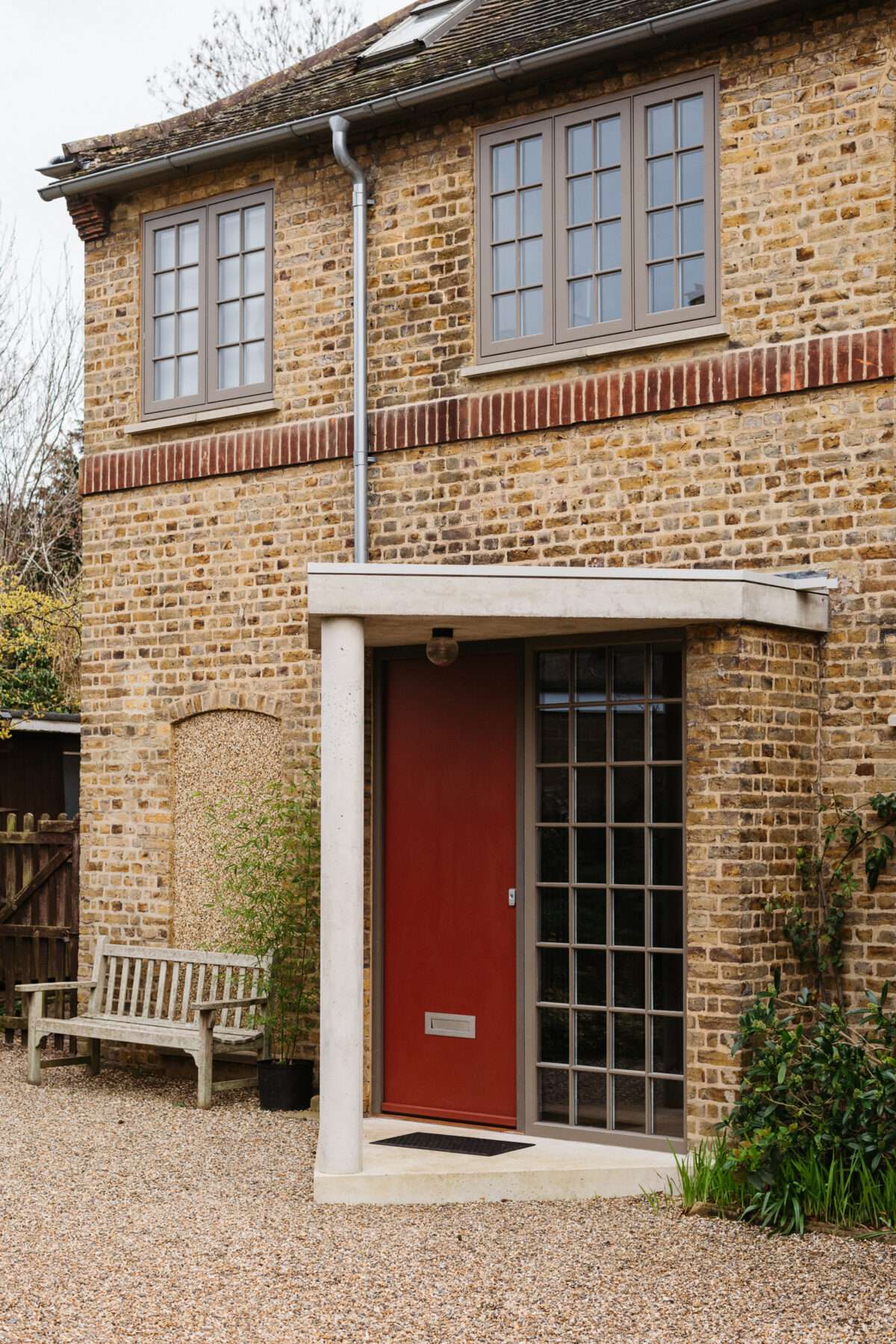
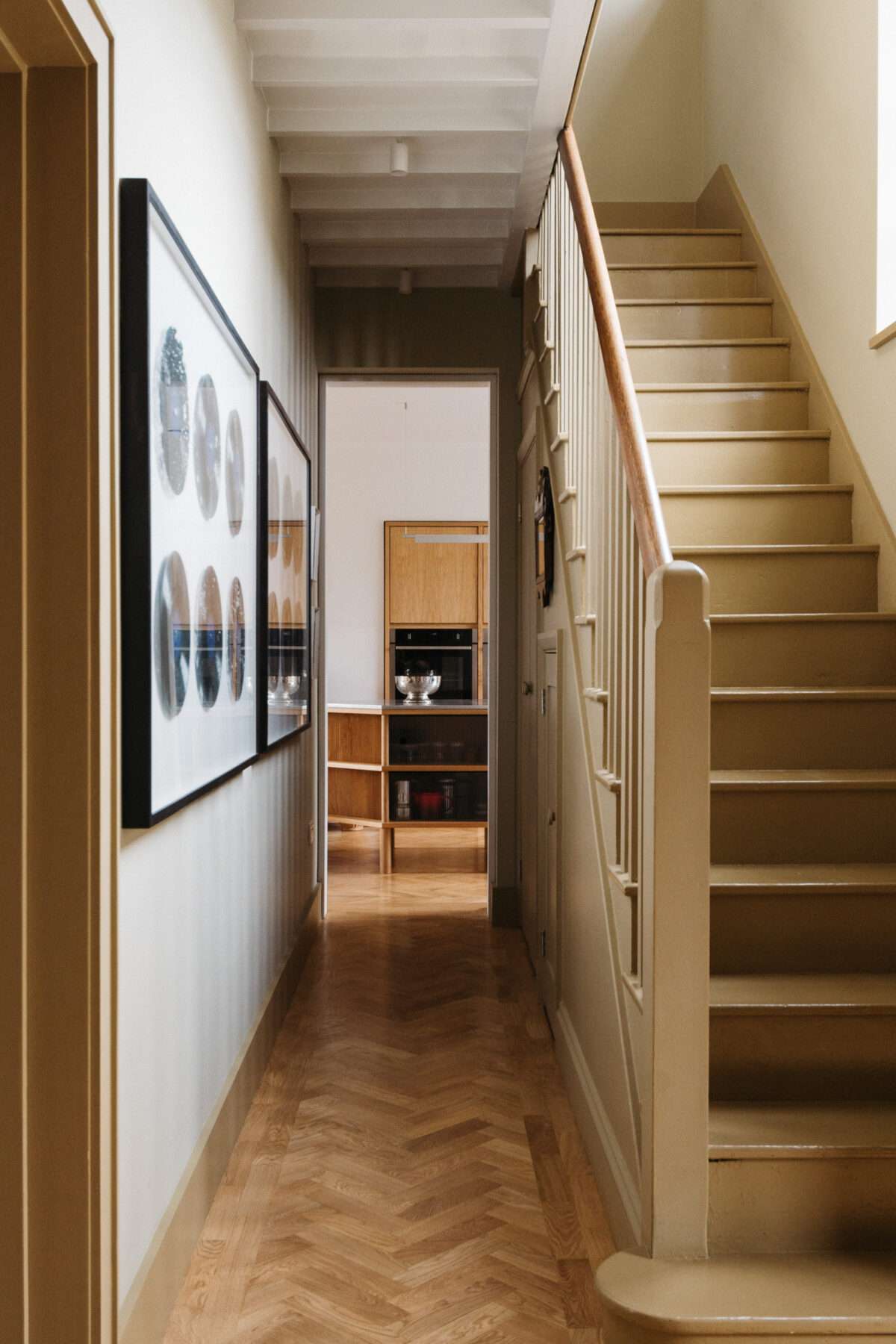
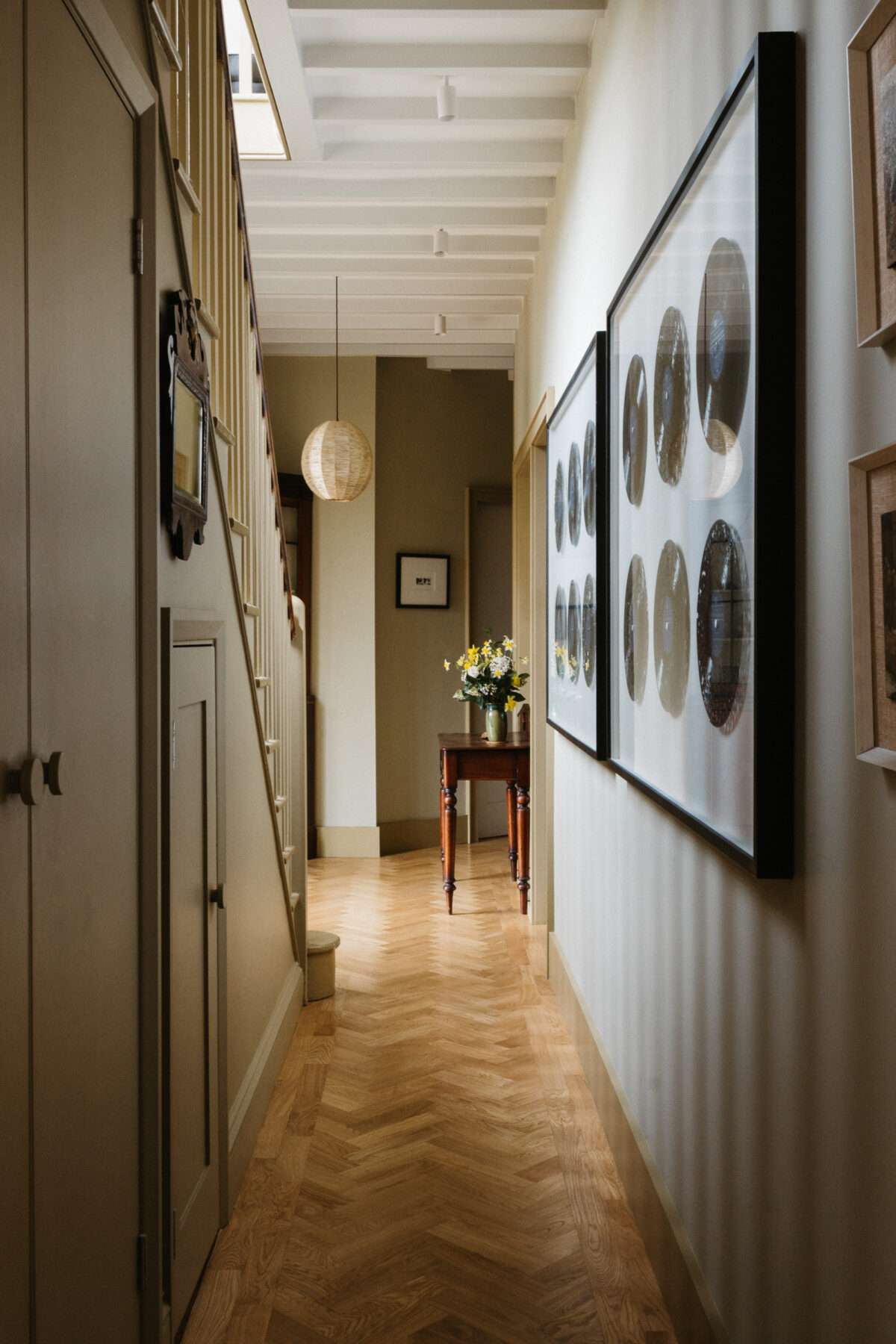
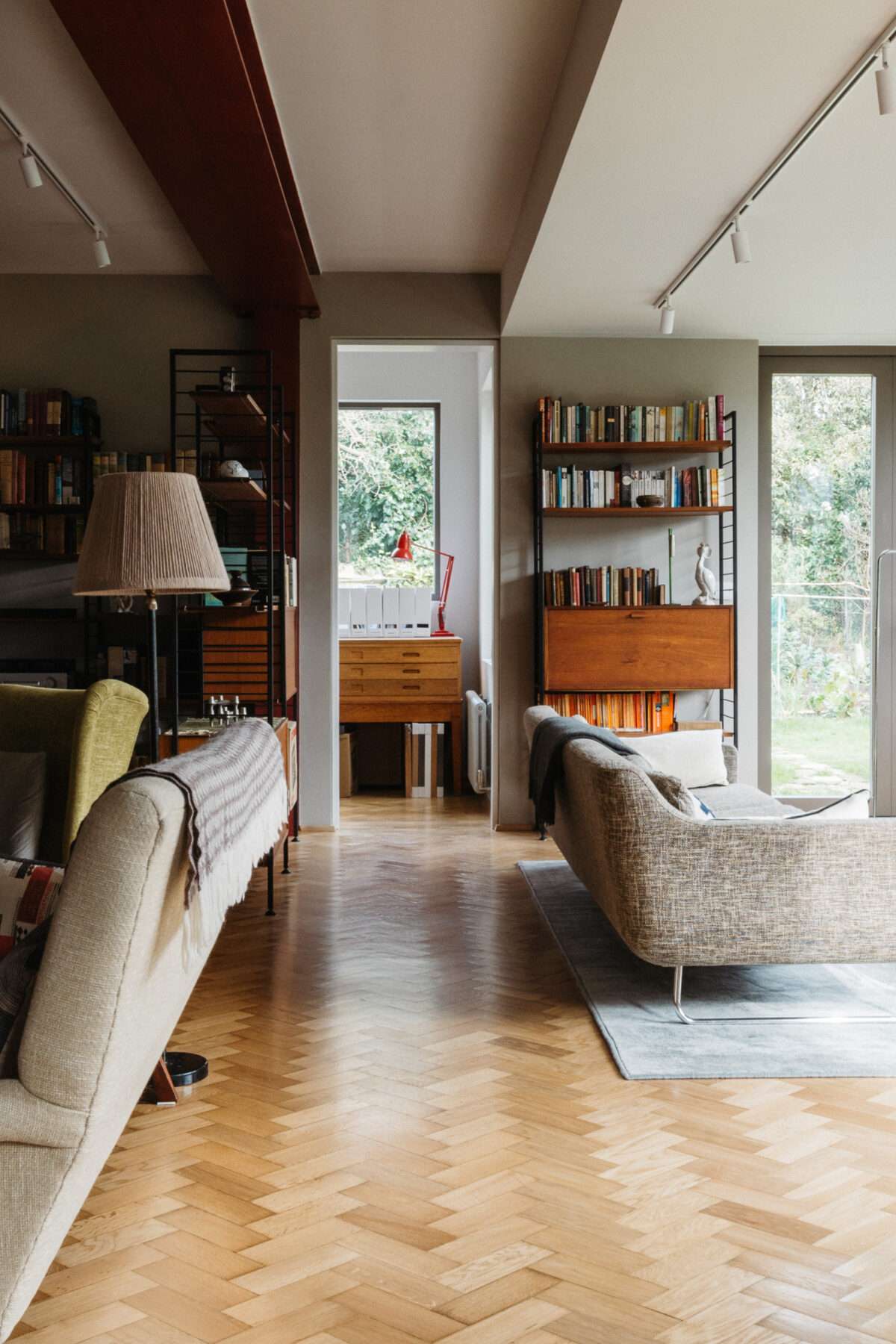
Claire: “I had doubts about the house initially, but we had found buyers for our old Victorian semi in Wandsworth and there wasn’t a huge amount on the market. I hadn’t considered Blackheath but Vong talked me into viewing this house. What appealed was the road, the green spaces nearby and the plot itself. However, we realised that the house would need a significant intervention.”
“We bought the house from an ambassador who had spent much of his time posted overseas. The house had been a London base for his family and was used for formal entertaining. The interiors we inherited reflected that formality and were pleasant and peaceful but, when all our eclectic possessions arrived, it looked terrible.”
“Our brief to Nick was simple but not straightforward. We knew we wanted a light space that still had plenty of warmth, but we had no idea how to achieve that. More importantly, there was a desire and a need to slowly recreate another family home. We had recently given up the home where our kids were brought up – a ramshackle old house with heaps of character and charm. It was with heavy hearts that we realised we had to move on from it.”
Vong: “We had lived there for 25 years – a generation, really. For our kids, it was all they knew. Suddenly, the children all went off to university and it left a big empty hole in our lives. It was very destabilising.”
Claire: “Alongside that went the death of my father and the sale of his family home in Devon where I’d grown up. To some extent, Vong had grown up there too, because we’d both been going there for so many years, so there was this need to recreate the feel of home – a place of warmth and character.”
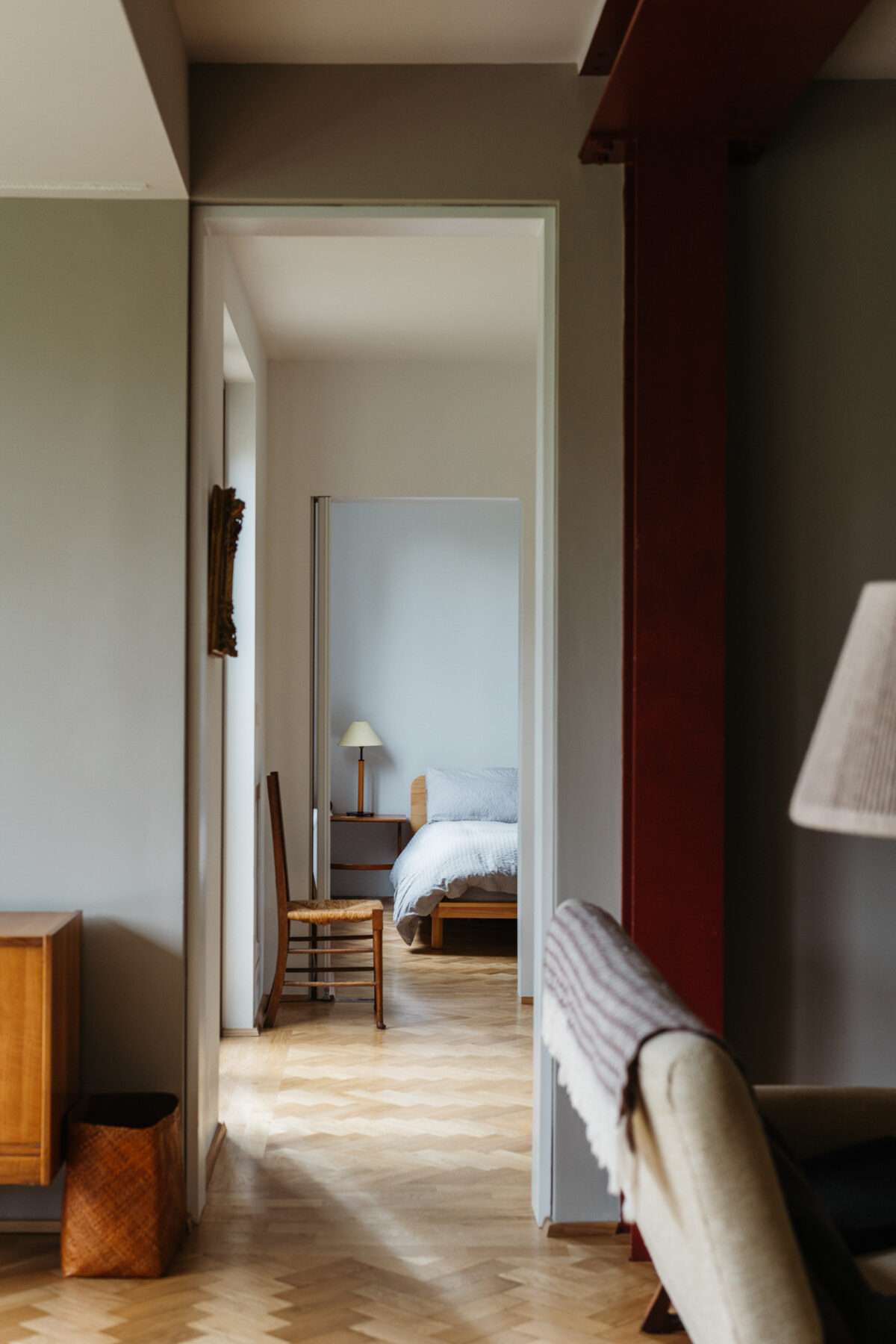
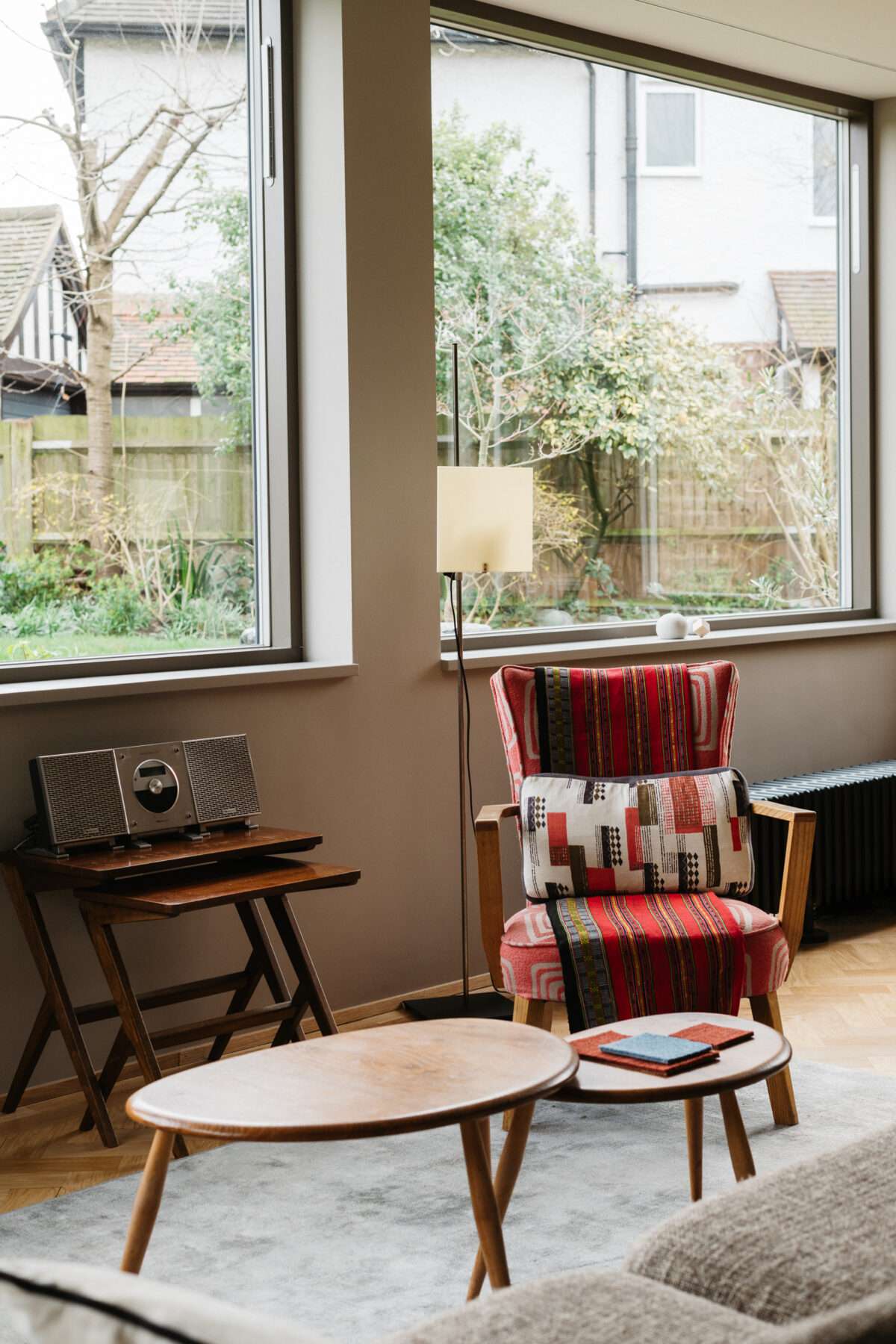
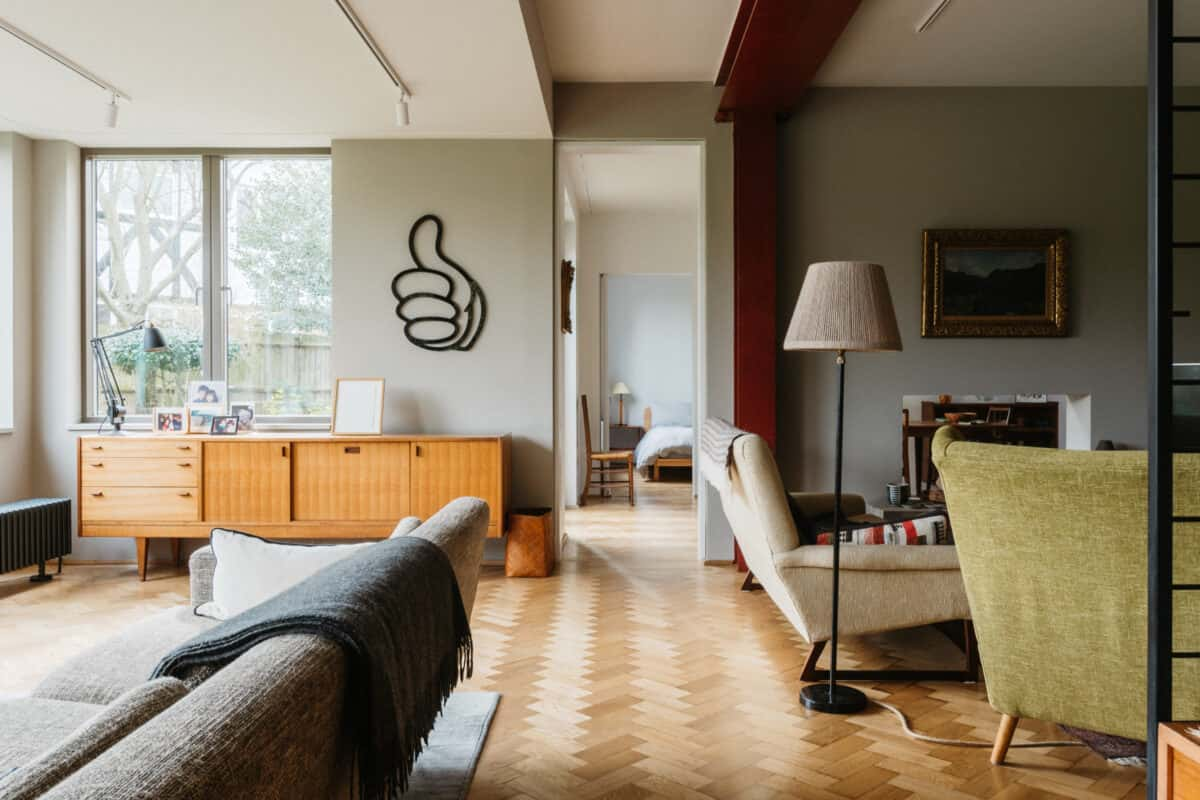
Nick: “We designed the house during lockdown when all three of us didn’t have much work on. That gave us the luxury of time, which enabled us to push ideas around. The design grew out of these quite leisurely conversations.”
Claire: “I think if Vong and I had been working at our usual pace, the whole enterprise would have been framed as extra pressure. Suddenly it became our main focus – a creative project that we could really engage with.”
Nick: “The house was originally constructed in the 1930s as lying-in accommodation for new mothers, so the original floor plan had bedrooms on both floors. The building was then adapted and extended in the 1980s but not in a coherent way: it didn’t have the logic of a house. Our aim was to make sense of what was here and give it some consistency. Materials became a way of doing that.”
Claire: “Right at the beginning, I remember Nick asking very discreetly if we saw the project as an architectural intervention or a refurbishment. I think we all looked around and agreed that, aside from a few original corner cupboards, there really was nothing to refurbish … ”
Nick: “The house had more formality than it should. It was a bit dressed up and needed to be pared right back. Externally, it has a 1930s character that we ran with. It’s built from London stock brick, of which there are several different versions around the house as it’s been extended over time. The windows were all replaced with VELFAC windows that are aluminium on the outside and timber on the inside. We kept the more traditional, gridded windows at the front of the house and opted for large panes of uninterrupted glass at the back. Internally, the timber has been painted the same colour, which unifies them.”
Claire: “Externally, we chose an anodised bronze finish which I really love because it changes in different light conditions.”
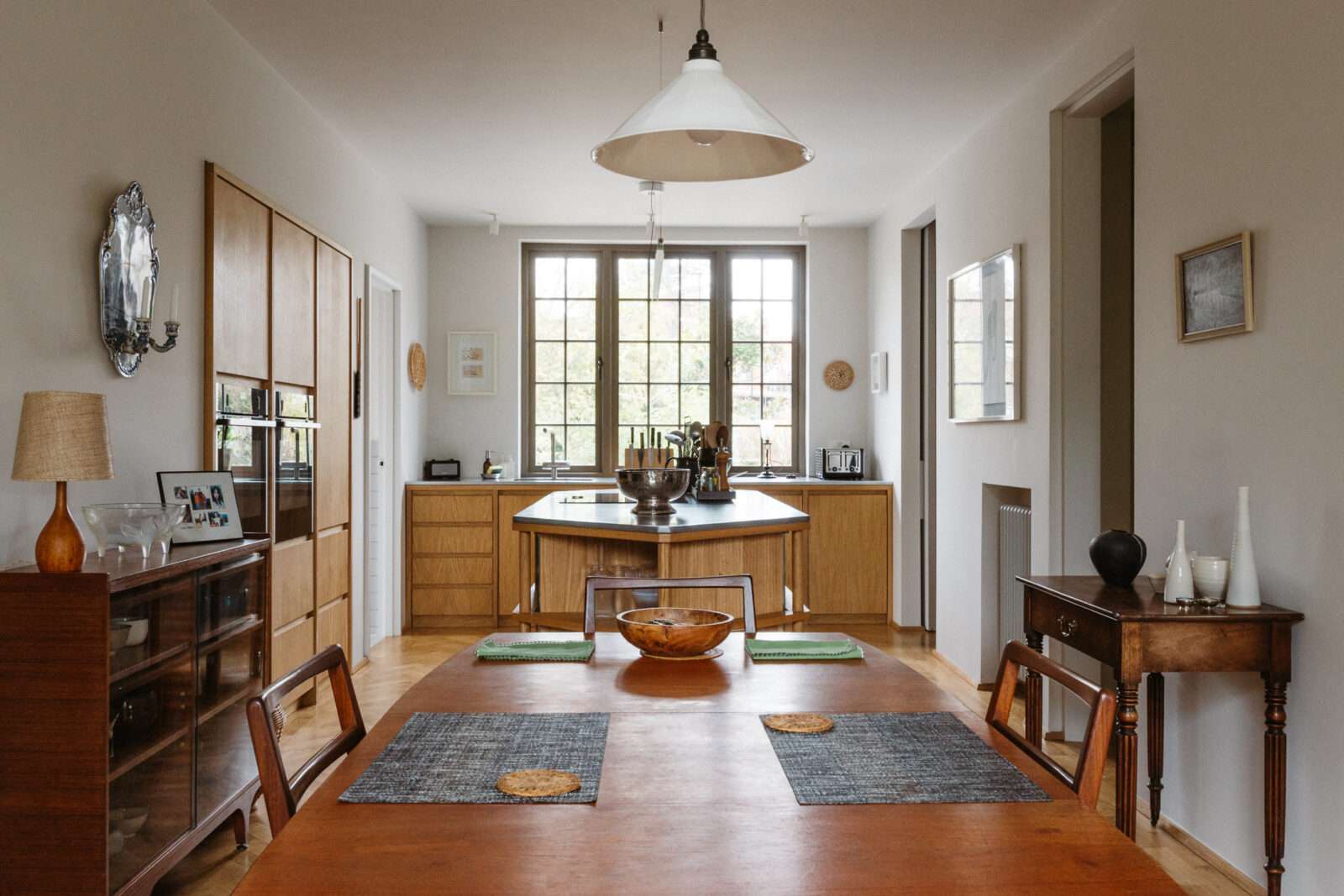
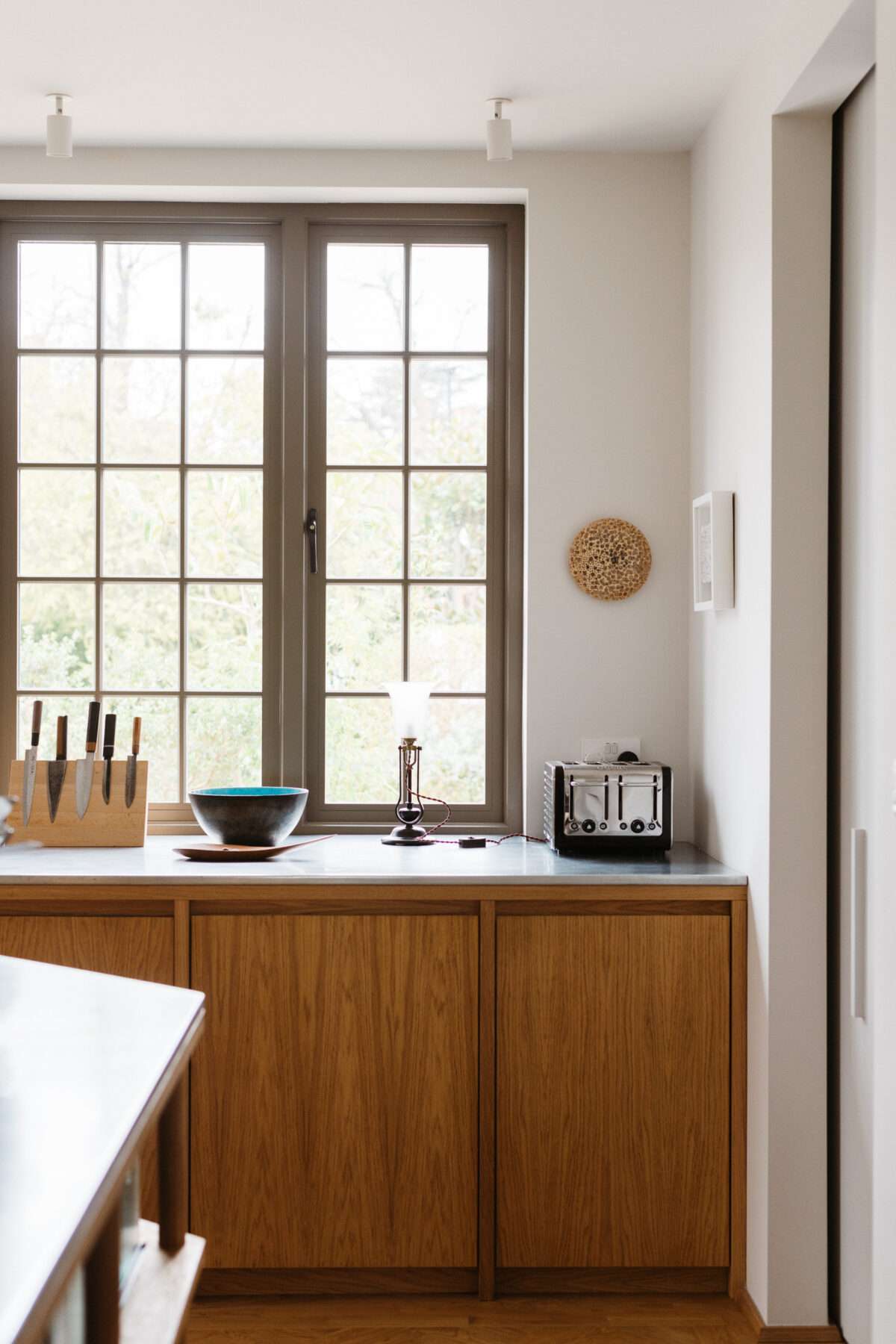
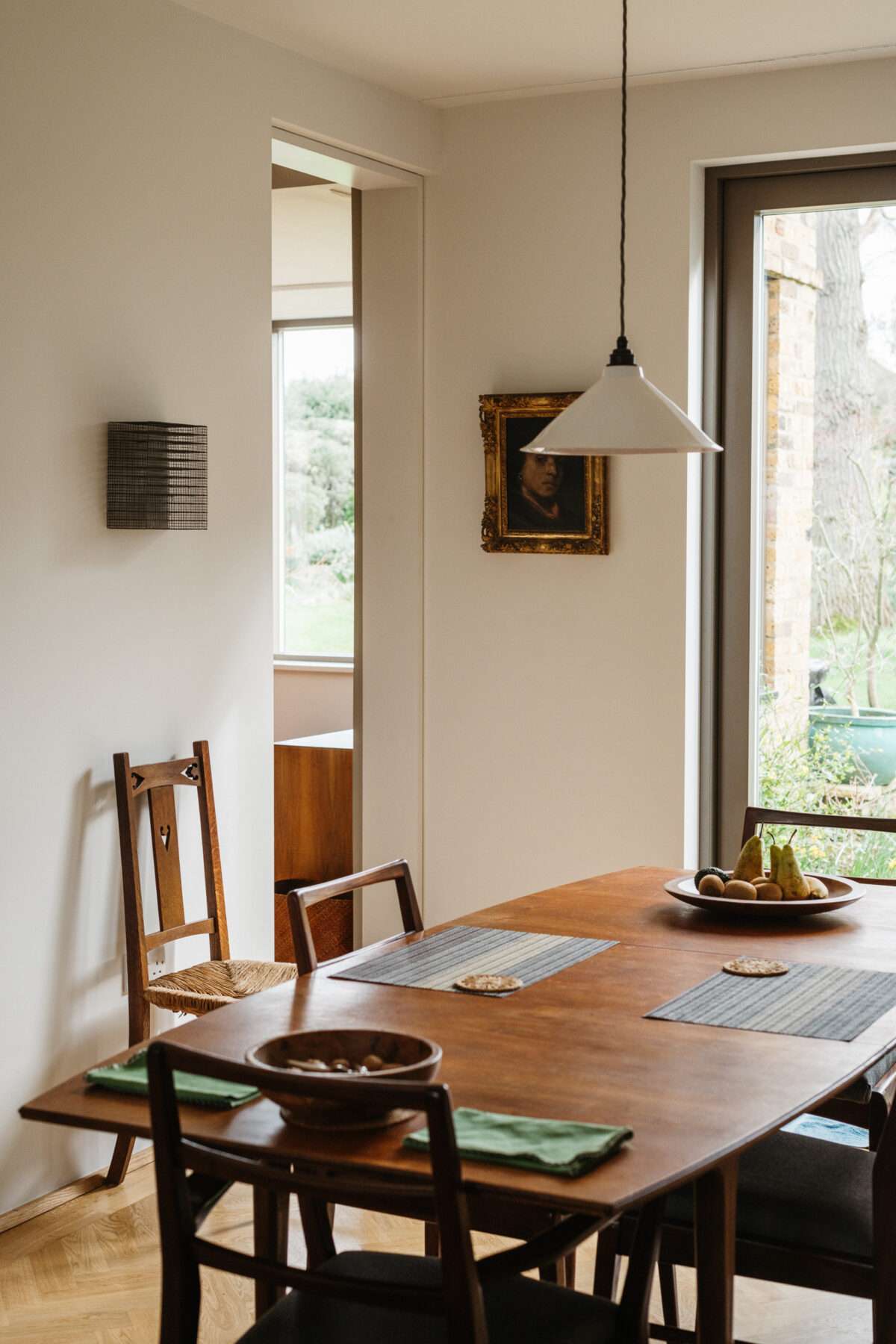
Nick: “The porch was the only addition we made to the building. We wanted to replace the existing mock Georgian porch with something that was sculptural, but not overly sophisticated. We boiled it down to this idea of a triangular lid supported by a single column. The house sits at a 45-degree angle so the shape of the porch redirects you towards the street. The components were cast on site from concrete, which is another 1930s material that we felt tied in with the brick.
“The hallway and the staircase are probably the most complete existing part of the house. The exposed ceiling joists – which were mock-Tudor brown – have been painted white and the arched window has been slightly lengthened.
“Initially, the idea was to repair the original parquet flooring throughout the ground floor, but as we did so, we realised it had been sanded too many times and had to be completely replaced. Now, light oak blocks in a herringbone pattern run through the living areas with hardwearing Ketley quarry tiles in the downstairs WCs and glazed vitreous tiles in the utility room.”
Vong: “The living room was a very large, square room formed partly from a half-finished extension built in the 80s. French windows divided the living room in two, which gave it an odd layout. The kitchen, dining room and a small study were all very enclosed and separate from each other.”
Claire: “We assumed that the first intervention would be to open up the kitchen and connect it to the living space at the back of the house but Nick immediately noticed that it made more sense to open the kitchen from the front to the back of the house, which I absolutely love.”
Nick: “The kitchen island has a zinc worksurface with oak cabinetry and fluted glass. It looks like a miniature three-storey office building! The triangular shape of the design echoes the design of the porch and addresses the fact that you have six doors in this room, creating space at either end for circulation. The kitchen is trying to be a living room as much as a kitchen, which is why we have added a pantry and a utility room to what was the front section of the garage.”
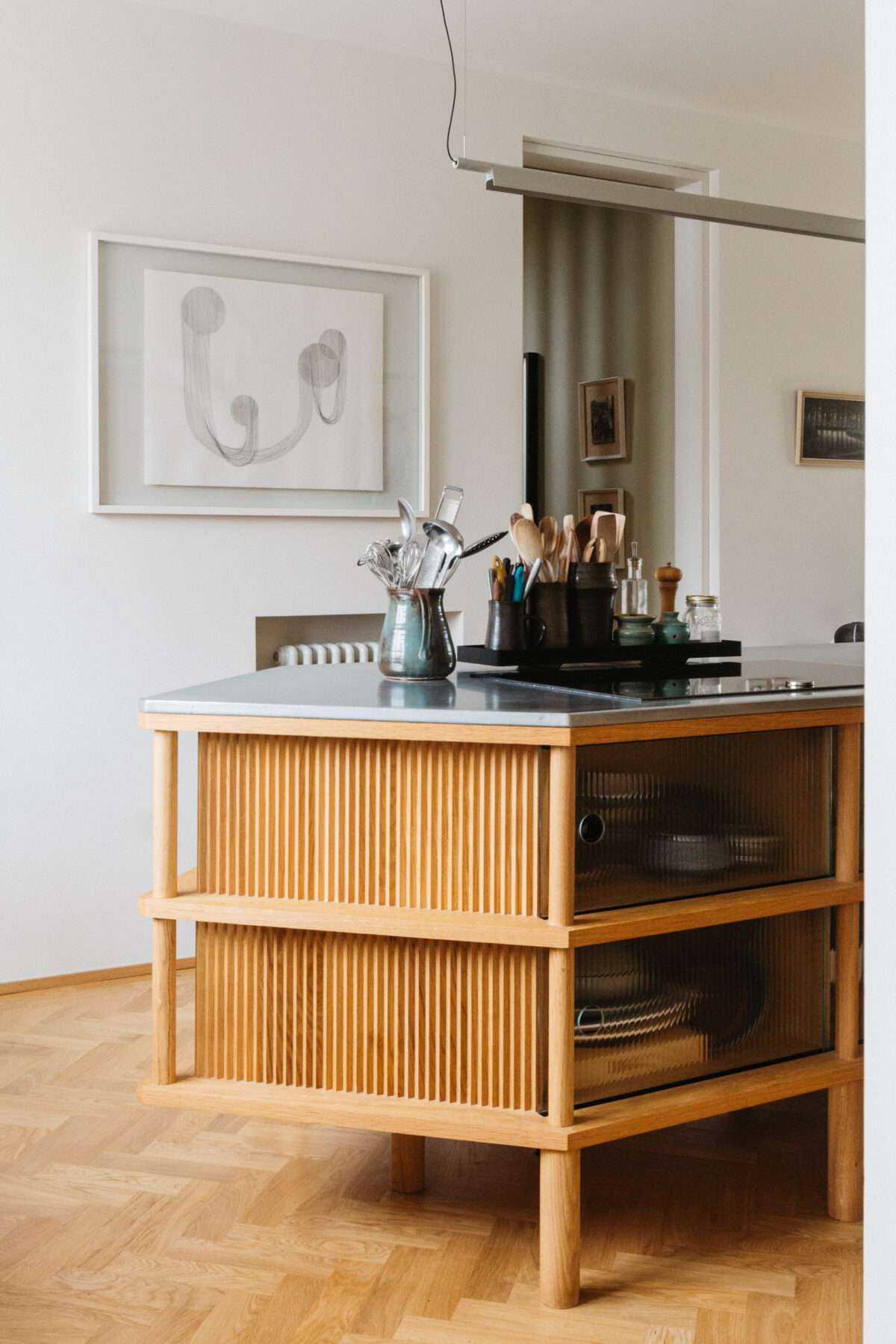
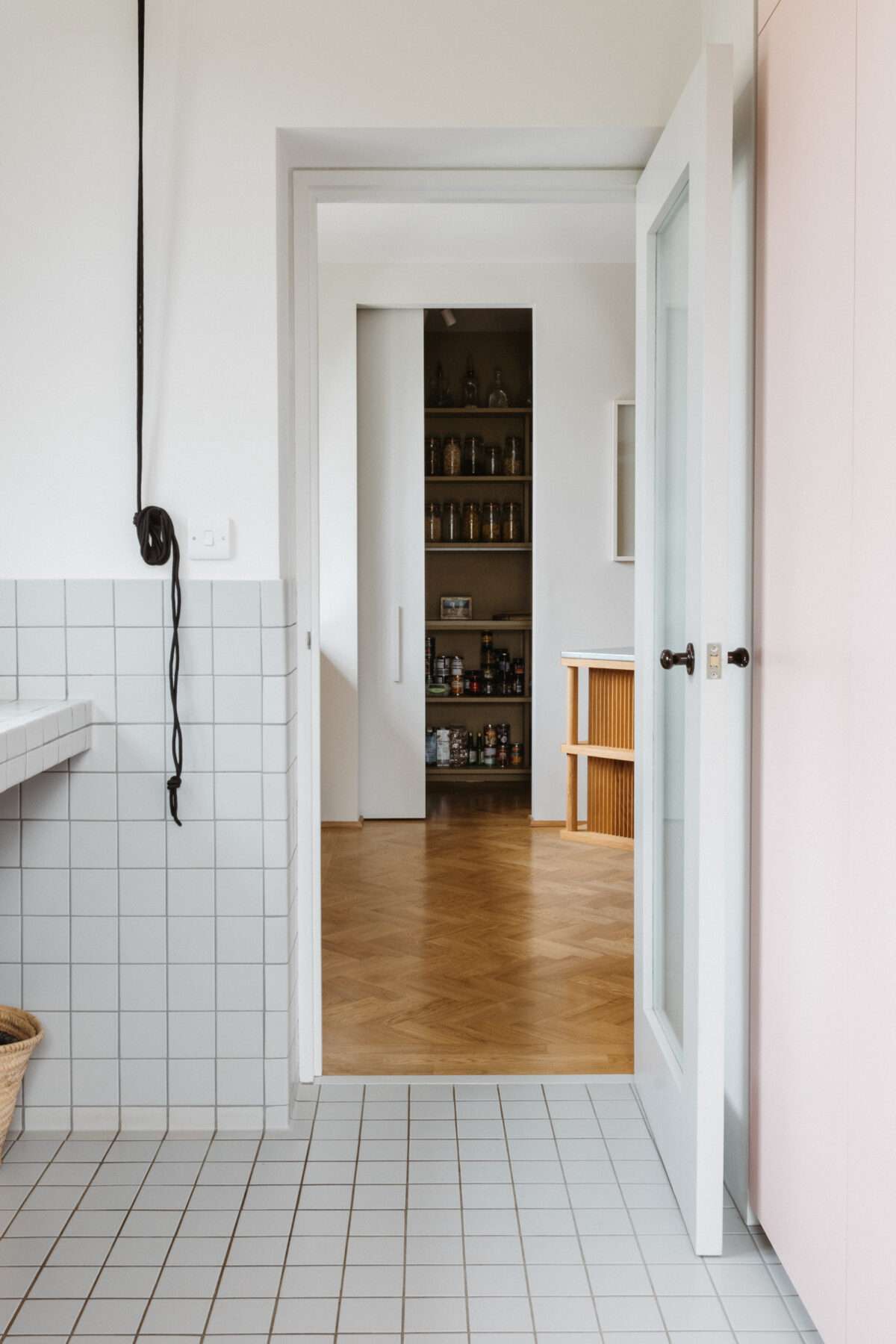
Claire: “The utility room floor, lower walls, sink and shower – which has been specifically sized for our dog – are all entirely clad in tiles. The strange thing about this room is that it’s very similar to my parents’ boot room, which my mother designed in the 1970s. We’ve even mounted their old barometer on the wall and a wrought-iron fish they had hanging for years in their kitchen.”
Nick: “It’s definitely got a slightly retro feel to it: like a sort of 1930s Superstudio … ”
Claire: “Nick painted the cabinetry in this room a surprising pale pink, which I love. We came to understand that choice of interior colours is a very different skill to how artists use colour and Nick introduced us to colours that we would not have considered. We had many conversations about colour and how we wanted the house to ‘feel’ and then we chose to give him creative freedom to develop the final colour scheme.
“Having said that, Vong chose the grey in the living room. He had been a student in Aix-en-Provence near Cézanne’s studio, and he remembers the grey on his studio walls very clearly and how the paintings and objects stood out against it. We have our own work on the walls here, as well as that of fellow artists and sketches my mother did as a student at the Architectural Association in the 1940s. There’s work by our children, my great-uncle and my great-grandfather who was quite a well-known painter. Everything is here for a reason: the work all has a connection or meaning to us.
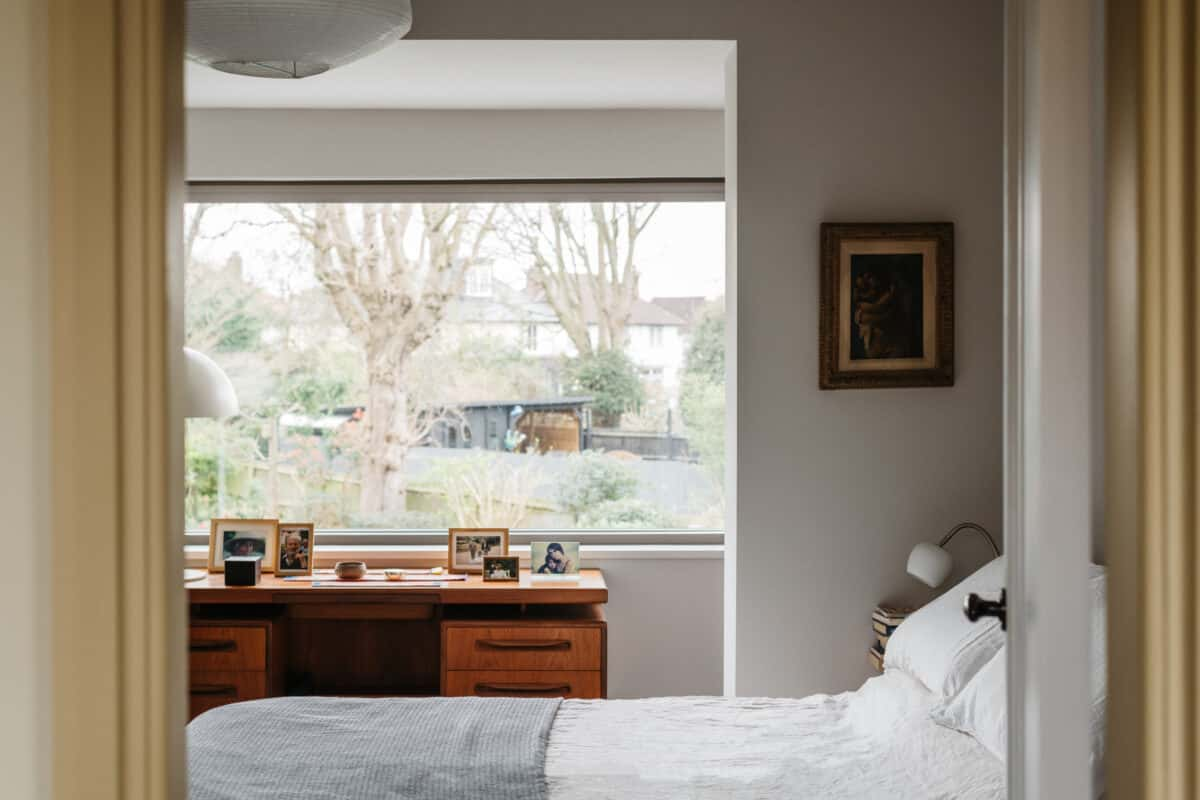

“Home is incredibly important to both of us. Vong and I had quite difficult starts in life. I was given up as a baby and put into foster care before I was adopted by my parents, who really became second parents to Vong as well … ”
Vong: “I come from Laos, but I was sent to boarding school in France at a young age. I was looked after by various families in Paris but it was a financial transaction: there was no warmth.”
Claire: “I think as a result, we’ve both become incredibly invested in finding a way of curating something in honour of the home my parents created for us. In a way, this strange assemblage of possessions – artwork, furniture, ephemera – has given us continuity. It’s enabled us to create our own little micro culture. It’s this idea that you create your family – it’s not just something that you can take for granted. You build it, and I think that is what we’ve done here with our new home We’ve built it and made it meaningful.”
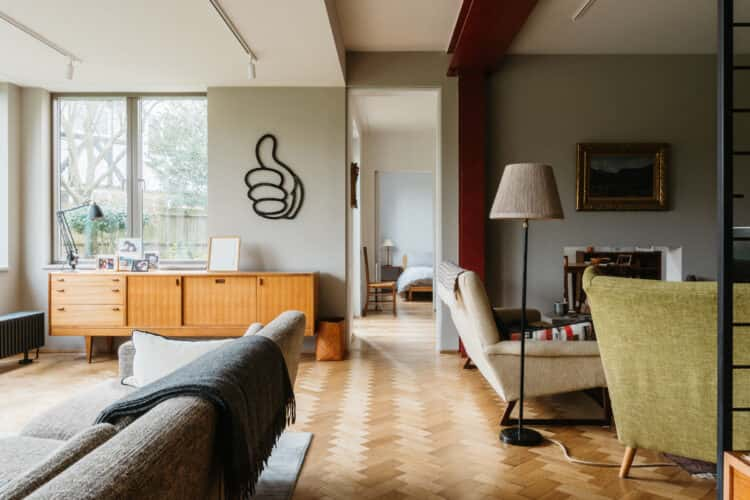
RELATED ON THE MODERN HOUSE
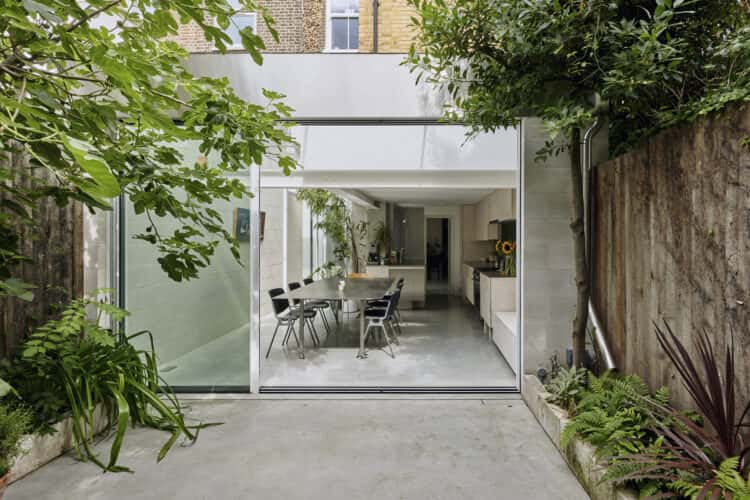
A lower-ground floor flat that glows from within
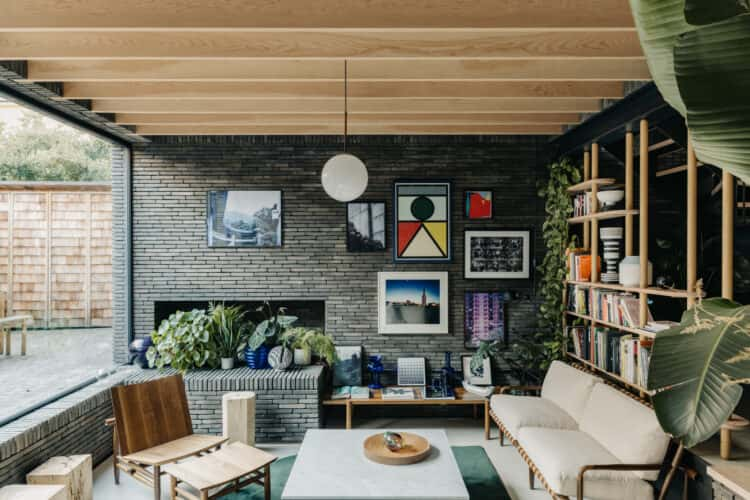
Introducing our Hackney team
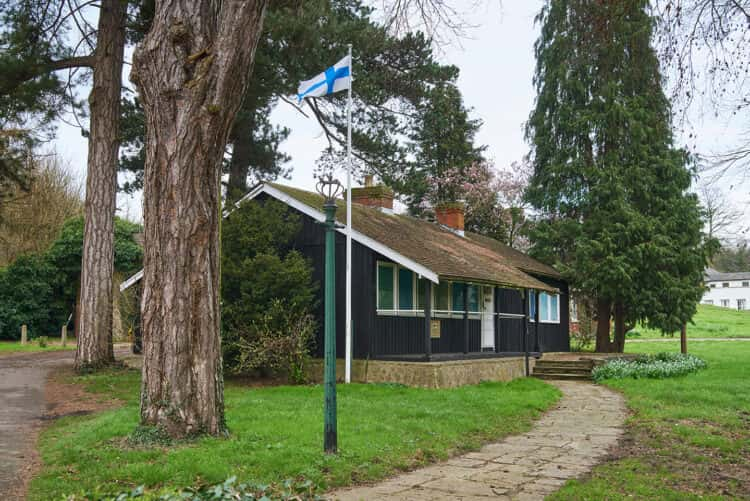
Hot Stuff: the extraordinary story of the Cobdown sauna
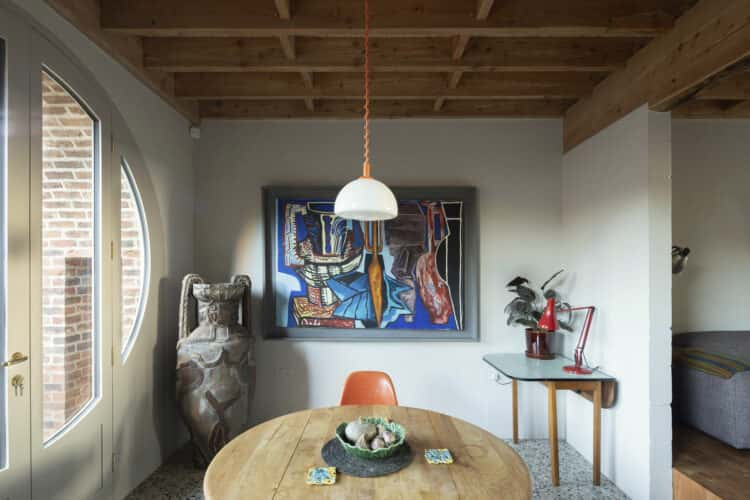
Surman Weston’s light-led creation of a family home in south London
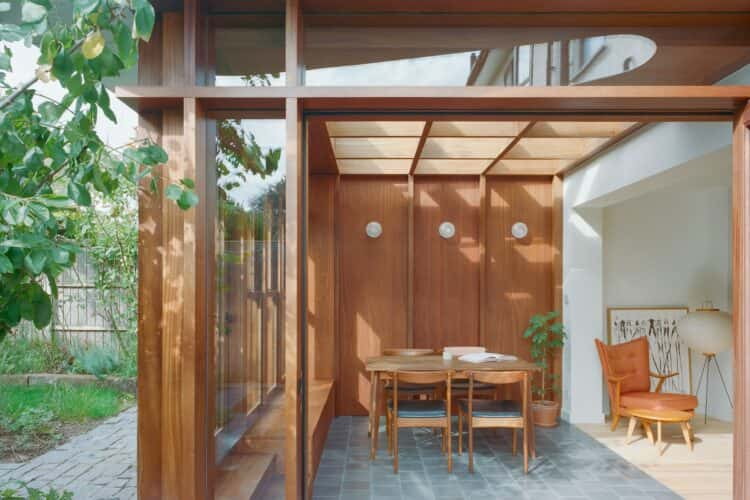
The brilliant reimagining of Sunny Side Up, a family home in Clapton
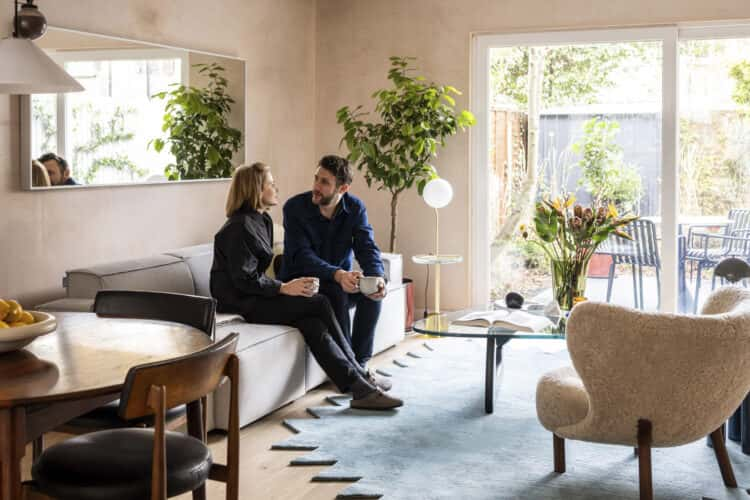
Life and love in a 1960s townhouse in north London
